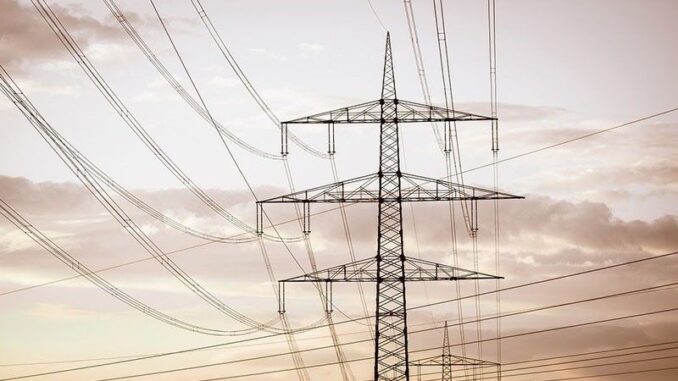
MANILA, Philippines — The country’s planned electrification rate is facing a two- to three-year delay, according to the National Electrification Administration (NEA).
In his 2023 State of the nation address, President Ferdinand Marcos Jr. had a lofty goal of 100% electrification across the country by the end of his term in 2028.
In the agency’s budget hearing however, the NEA admitted that they were running behind target.
“The biggest challenge in the attainment of 100% rural electrification is the inadequate government subsidy to finance the energization of the remaining unenergized area,” NEA Administrator Antonio Almeda said.
The Department of Energy created the National Total Electrification Roadmap (NTER), which outlined the goal from 2023 to 2028.
The NTER has the following electrification targets per year:
- 2023: 93.09%
- 2024: 94.83%
- 2025: 96.83%
- 2026: 98.64%
- 2027: 99.95%
- 2028: 100.00%
Almeda said they were behind by at least 3%, but retained their 100% goal within five years.
“Due to lack of government subsidy, of which 9% was only granted to us last year, the 91% target for 2024, we made our computations… with the available budget we can only achieve 89.36%,” Almeda said.
The 2023 General Appropriations Act allotted P500 million for the Total Electrification Project.
The delay in the 2023 target triggered delays for the following years as well. For example, the target for 2024 would only be hit by 2026 or 2027, according to Almeda.
“If you benchmark it on 2023, the deficiency will rest on the inability for NEA and the electric cooperatives to cover for the sitio electrifications that has to come from the government subsidy,” Almeda said.
For the 2025 budget, the NEA is batting for P23,774,270,000.


Be the first to comment